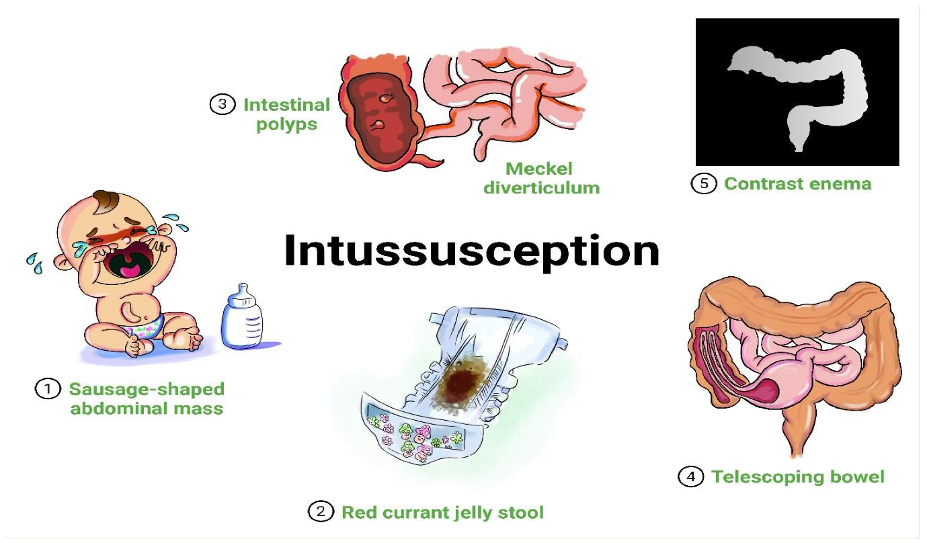A student nurse asks the faculty why peer relationships become more important during adolescence. Which of the following is the nurse's best response?
They provide adolescents with a feeling of belonging
Adolescents dislike their parents.
Adolescents no longer need parental control.
They promote a sense of individuality in adolescents,
The Correct Answer is A
The nurse's best response to the student nurse regarding why peer relationships become more important during adolescence is option A. Peer relationships become significant during adolescence because they provide adolescents with a sense of belonging. During this developmental stage, adolescents are transitioning from a primary focus on their family to a greater emphasis on peer interactions and social connections. Peer relationships offer a sense of acceptance, support, and identity as adolescents strive to establish their own identities separate from their families.
adolescents dislike their parents in (option B), is not a correct or comprehensive explanation for the increased importance of peer relationships during adolescence. While it is common for parent-child conflicts to arise during this stage, it does not imply that adolescents dislike their parents as a general rule.
suggesting that adolescents no longer need parental control in (option C), is not correct. While adolescents are seeking increased independence and autonomy, they still require parental guidance and support. Parental control and involvement continue to be essential in providing a secure and nurturing environment during adolescence.
They promote a sense of individuality in adolescents in (option D), is incorrect. Peer relationships do contribute to the development of individuality by allowing adolescents to explore their own interests, values, and social roles. However, the primary reason for the increased importance of peer relationships during adolescence is the sense of belonging and social acceptance they provide.
Nursing Test Bank
Naxlex Comprehensive Predictor Exams
Related Questions
Correct Answer is C
Explanation
A sign of increased intracranial pressure (ICP) in a 10-year-old child is a headache. Headache is a common symptom associated with increased pressure within the cranial cavity. It can be a result of various conditions that cause elevated intracranial pressure, such as brain tumours, intracranial haemorrhage, hydrocephalus, or brain trauma. The headache may be described as persistent, worsening, or accompanied by other symptoms such as nausea, vomiting, or changes in neurological status.
tachypnoea (rapid breathing), in (option A) is incorrect because it is not a specific sign of increased intracranial pressure. It can be seen in various conditions, including respiratory and cardiovascular disorders, anxiety, or physical exertion.
bulging fontanel in (option B) is incorrect because it, is more commonly observed in infants and is not typically seen in older children. The fontanelles (soft spots) on an infant's skull normally close by the age of 18-24 months.
an increase in head circumference in (option D) is incorrect because it, may be a sign of increased intracranial pressure in infants. However, in a 10-year-old child, the fontanelles are typically closed, and head circumference growth is not a reliable indicator of increased intracranial pressure
Correct Answer is A
Explanation
Intussusception is a medical condition where a portion of the intestine telescopes into an adjacent section, causing an obstruction. This obstruction can affect the normal passage of stool through the intestine.
In intussusception, the obstructed intestine can lead to the development of blood and mucus within the stool, giving it a characteristic appearance described as "currant jelly." The stool may contain a combination of blood, mucus, and faecal matter, resembling the colour and consistency of currant jelly.
loose, foul-smelling stools in (option) is incorrect because it, is not specific to intussusception and can be associated with various gastrointestinal conditions.
hard stools positive for guaiac in (option C) is incorrect because it, is not typical of intussusception. Hard stools and positive guaiac test results are more commonly associated with constipation or other conditions affecting the lower gastrointestinal tract.
ribbon-like stools, in (option D) is incorrect because it may be seen in conditions like colorectal cancer or other obstructive disorders. However, it is not a specific characteristic of intussusception.
In the context of intussusception, the presence of "currant jelly" stools is considered a significant sign and should prompt immediate medical attention. Intussusception is a medical emergency and requires prompt diagnosis and treatment.

Whether you are a student looking to ace your exams or a practicing nurse seeking to enhance your expertise , our nursing education contents will empower you with the confidence and competence to make a difference in the lives of patients and become a respected leader in the healthcare field.
Visit Naxlex, invest in your future and unlock endless possibilities with our unparalleled nursing education contents today
Report Wrong Answer on the Current Question
Do you disagree with the answer? If yes, what is your expected answer? Explain.
Kindly be descriptive with the issue you are facing.
